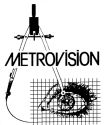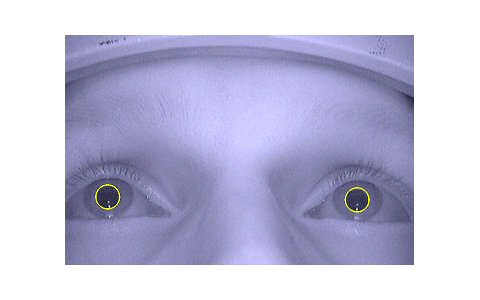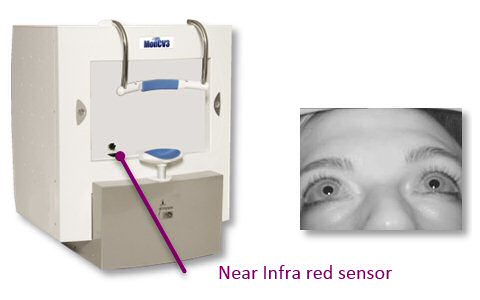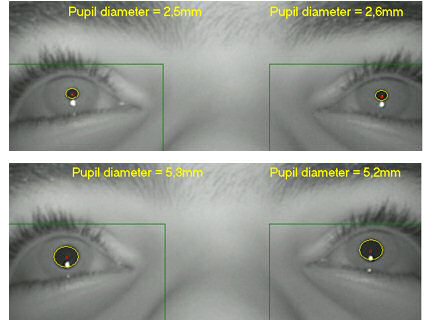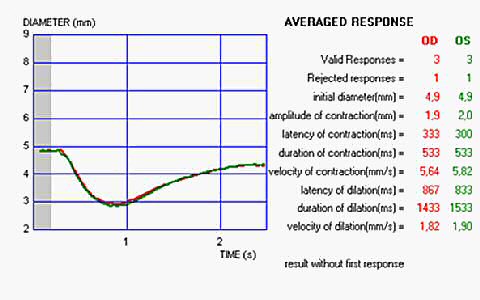Pupillometry by Metrovision
- Home
- Visual function tests
- Eye movements
- Pupillometry
Introduction
The measurement of pupil size has numerous clinical applications
The measurement of pupil size has clinical applications:
• for the control of retinal illumination in visual field and electroretinography exams
• for the elimination of blink aretefacts in vision electrophysiology exams
• for the control of the pupil size under low illumination in cataract and refractive surgery
• for the determination of lesions of the afferent (retina, optic nerve) and efferent pathways in neuro-ophthalmology
• for the study of light sensitive ganglion cells (ipRGCs) with chromatic stimulations
Methodology
The pupillometry test is available in all Metrovision's systems
The pupillometry test is available as an option in MonCv3, MonCvONE, MonPackONE and MonColor systems.
These systems are equipped with a near infra red illumination and an high resolution
camera (940 nm) that allow measurements of binocular pupils even under complete darkness.
They provide a precise control of the stimulation parameters including luminance
as well as color.
Static pupillometry
Pupil size is measured under precisely controlled levels of illumination
This exam performs accurate measurements of pupil size (accuracy=0.1 mm) under several levels of illumination:
• high photopic (100 cd/m2),
• low photopic (10 cd/m2),
• high mesopic (1 cd/m2),
• low mesopic (0.1 cd/m2).
The pupil contour is outlined on the image to allow
the control of measurement accuracy.The acquired images can be recorded and printed.
Dynamic pupillometry
Pupil size is sampled at up to 200 images per second
The images of both eyes are acquired and processed in real time: 30 images per second
(standard) or 200 images per second (with the fast camera option).
The average response to successive visual stimuli (light flashes) is quantified
with the following parameters:
• resting diameter,
• amplitude of constriction,
• Velocities of constriction and dilation,
• Latency of constriction
References
PDFPupillometry in bilateral acute depigmentation of the iris.
PDFPupillary responses in multiple sclerosis.
PDFPupil reactivity in Alzheimer's disease.
PDFAutonomic and respiratory dysfunction in Charcot–Marie–Tooth disease.
PDFEvaluation of pupillary response to light in patients with glaucoma.
PDFEffect of age on pupil diameter at different light levels.
PDFPupil light reflex in retinitis pigmentosa.
PDFPupillometry in children with diabetis.
PDFPupillometry and intrinsic photosensitive ganglion cells.
PDFPupil light reflex in amblyopic eyes.
PDFPupillometry for screening diabetic autonomic neuropathy.
